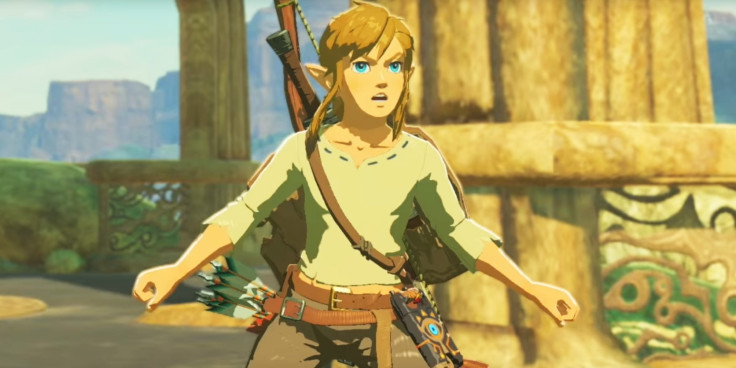Nintendo designers reveal why Zelda games are frequently delayed
Series developer Eiji Aonuma says the team's creative ambitions have often resulted in delayed releases.

Long-time fans of Nintendo's iconic fantasy action-adventure series Zelda are no strangers to the constant disappointing delays that have become a fairly standard occurrence in the RPG franchise's history. In April, the Japanese gaming giant announced that the release window for its latest instalment in the series, The Legend of Zelda: Breath of the Wild, would slide into 2017 to release simultaneously on the Wii U and its upcoming NX console.
Series developer Eiji Aonuma, however, says that while the Kyoto-based developer has always aimed to release every Zelda game as soon as possible, the team's creative ambitions have often resulted in delayed releases.
"Every time we make a Zelda, we want to make something new," Aonuma said in an interview with Kotaku. "It's hard to gauge how long that's going to take. And it's also hard to gauge at what point whatever we consider to be new is done."
The new Zelda game was initially announced in 2013 as a title that would "re-think the conventions of Zelda" and was expected to release in 2015. However, Nintendo announced in March last year that the title would be moved to 2016 and would not make an appearance at E3 2015 either.
Last month, the team announced that the game would be delayed yet again "because the developers need more time to polish the game".
Kotaku also notes that previous titles in the series have seen their own string of delays as well. Ocarina of Time, which was originally slated for release in 1997, only came out in 1998. The Wind Waker was supposed to be released in 2002, but ended up coming out in 2003. Twilight Princess also saw its release date slip from 2005 into 2006 as well.
"I think there's different reasons for delays," famed developer Shigeru Miyamoto said. "One could be that the direction just hasn't been decided, which is probably the worst kind of delay. And the other is that the direction has been decided but putting that into reality - implementing that - is taking time. So it might have taken us six months to do this much. It'll take us a year to do that much."
Miyamoto also adds that the new Zelda game needed additional development time to work on the game's physics engine, AI and graphics as well.
"We had to make sure that design has enough time to create that," Miyamoto said. "It just dawned on us that we're not able to do that in this schedule. That's what we realized about two years ago. In this instance, we never really experienced this, so that's why we had to delay it."
Miyamoto previously revealed that Breath of the Wild's development period took longer than expected due to both technical challenges and the team's decision to release the title for both the Wii U and the NX console.
At last week's E3 2016, Nintendo focused heavily on Breath of the Wild, giving fans an in-depth look at the host of changes awaiting them in the latest edition in the beloved Zelda series including a beautiful, massive open world, new survival features and more.
© Copyright IBTimes 2025. All rights reserved.





















